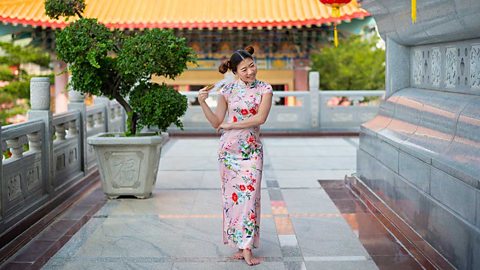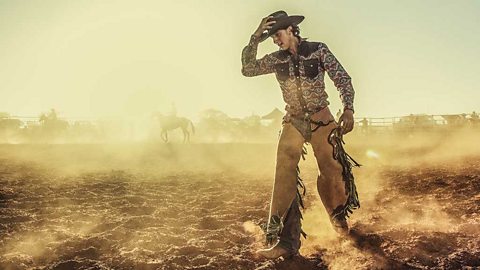Types of fashion design
When designing a new collection of garments to be sold and worn designers must consider a variety of factors.
Fashion for gender: women, men, gender neutral
The differences between womenтs and menтs fashion has varied a lot over time.
Clothing designed for both men and women is referred to as gender neutral, or unisex.
Fashion for children
Fashion designers consider the age of the person wearing their clothes.
Childrenswear often echoes the changes in fashions of adult clothing. There are other considerations for childrenswear, depending on the targeted age range - for instance warmth, durability, movement and cleanability.
Fashion from different cultures and religions
Fashions worn by people of different countries vary due to the different climates and natural resources available to produce fabrics and embellishments. For example, in the Americas, fashions originated in the form of tunics and wraps of fabric.
As people travel and migrate from one country to another fashion trends have been influenced by international traditions and cultures.
Click through the slideshow to see some examples of fashion from different regions.

Image caption, Woman wearing a cheongsam in China
Image caption, Example of Indonesian batik. Wax is painted onto fabric using a tjanting
Image caption, Hani women from Yunnan in south China, wearing traditional dress
1 of 3
Fashion for the workplace

Fashion designers also consider the purpose of clothes. Specialist clothing is required for certain jobs, for example:
- medical workers
- soldiers
- builders
Fashion can also be influenced by workwear. Some garments that were originally worn for practical reasons are then used for their aesthetics. For example, camouflage pattern was originally designed for military clothing, but has been a popular fashion aesthetic since the 1970s.

Fashion for sports
Throughout history people have played sport. It is only since the 19th century that clothing for specific sports was designed and worn to help performance.
Advances have been made in the production of synthetic fabrics to improve the functionality of sportswear with tighter fitting stretchy sportswear like leggings and swimsuits.
Sportswear has become fashionable in its own right and is often worn casually.

Accessory design
Alongside garments are accessories. Like items of clothing, accessories are worn for both functional and decorative purposes.
Fashion designers will think about accessories as well as the garments themselves.
These include:
- jewellery such as bracelets, necklaces, cufflinks, collars and rings
- footwear
- bags
- belts
- hats